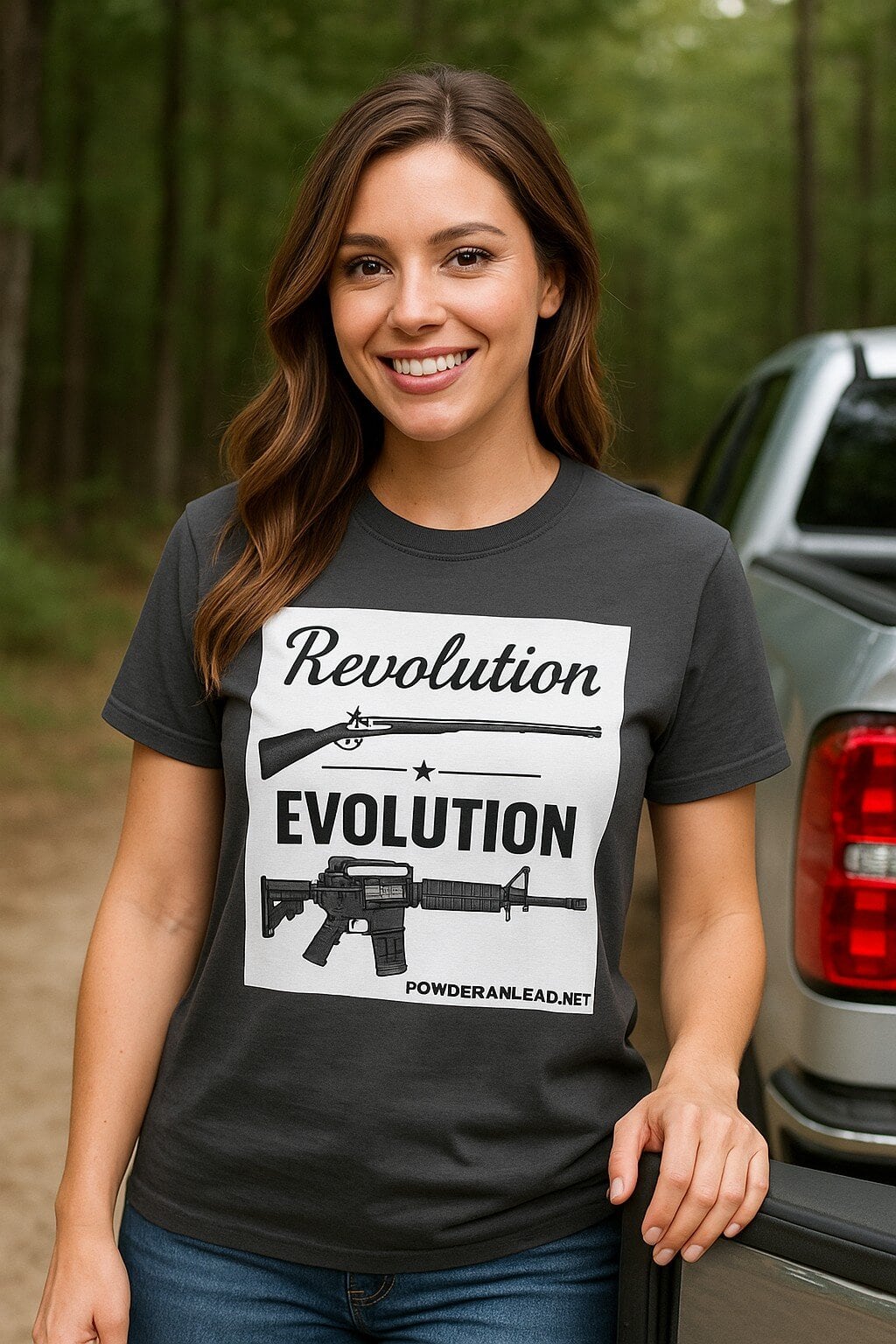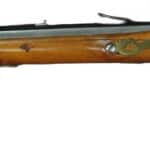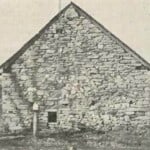
The Pennsylvania Rifle: Its Development, Manufacture, and Use
The Pennsylvania rifle, also known as the Kentucky rifle or American long rifle, is a quintessential piece of American history. It stands as a testament to the innovation, skill, and perseverance of early American gunsmiths, playing a significant role in shaping the American Revolution and the westward expansion. This article explores the development, manufacture, and use of this iconic firearm, its predecessors, and its relevance in comparison to other battle rifles.
Development and Predecessors
The Pennsylvania rifle evolved from earlier European firearms. Its predecessor, the Jaeger rifle from Germany, was known for its short, wide-bore design, making it suitable for hunting game in Europe's dense forests. The German immigrants who settled in Pennsylvania during the early 18th century brought their gunsmithing skills with them, adapting the Jaeger rifle to suit the needs of the New World.
The dense forests of Europe were replaced by the vast American wilderness, requiring a firearm with a longer effective range and better accuracy. The German gunsmiths elongated the barrel, narrowed the bore, and used a smaller caliber round. These innovations resulted in the American long rifle, or the Pennsylvania rifle, named after the state where it was predominantly manufactured.
Manufacture
The Pennsylvania rifle was primarily a handcrafted weapon, made by skilled artisans in their workshops. The manufacturing process began with the gunsmith forging the barrel from a solid rod of iron, a laborious and time-consuming task. Then, the gunsmith would painstakingly bore out the interior of the barrel and create spiral grooves, or rifling, which imparted a spin to the bullet, enhancing accuracy and range.
The next step was to craft the gunstock, traditionally made of curly maple, a local wood known for its strength and beautiful grain. The gunsmith would carve the stock to fit the barrel and the intended user's physique, ensuring a comfortable and secure grip.
Companies like Jacob Dickert, Henry Derringer, and John Moll were leading manufacturers during the Pennsylvania rifle's heyday. These companies contributed to a significant output of rifles during the late 18th and early 19th centuries. It is estimated that thousands of Pennsylvania rifles were manufactured, although precise numbers are challenging to ascertain due to the varied and decentralized nature of production.
The golden era of the Pennsylvania rifle manufacturing spanned from approximately 1730 to 1850. However, these rifles continued to be produced on a smaller scale throughout the late 19th and early 20th centuries, primarily for historical and recreational purposes.
Usage and Performance
The Pennsylvania rifle was renowned for its accuracy and range. It used a .40 to .50 caliber round, although .36 to .45 calibers were common for hunting smaller game. These smaller calibers combined with the long barrel and the rifling gave the Pennsylvania rifle a range of over 200 yards, exceptional for a muzzle-loading firearm of the period.
The rifle became synonymous with the American frontier, used extensively for hunting and warfare. Its superior accuracy made it a favorite among the frontiersmen and a pivotal weapon during the American Revolution. There are accounts of American marksmen taking out British officers from distances far beyond the reach of the British Brown Bess muskets, thereby disorganizing the enemy troops and significantly affecting the outcome of numerous engagements.
It's important to note, however, that the Pennsylvania rifle was not used by the US Army on a large scale. The rifle's long loading time made it less suitable for regular infantry, who often favored muskets or later breech-loading rifles for their faster rate of fire. Nonetheless, specialized units and sharpshooters did employ it.
The Pennsylvania rifle also found usage outside the United States. It was exported to Europe and other regions, serving in various conflicts worldwide throughout the 18th and 19th centuries. Its popularity was such that several European countries adopted similar designs in their own firearms.
Comparative Analysis
Comparing the Pennsylvania rifle to other contemporary firearms highlights its distinct advantages and shortcomings. The British Brown Bess musket, the standard armament of the British Army during the American Revolution, was quicker to load but lacked the range and accuracy of the Pennsylvania rifle. Similarly, the French Charleville musket, used by the French allies during the Revolution, suffered from the same deficiencies.
In contrast, the Baker rifle used by the British Rifle Regiments was similar in concept to the Pennsylvania rifle. It was a shorter, easier to load version of the long rifle, but it did not have quite the same range or accuracy.
Towards the latter half of the 19th century, the advent of breech-loading firearms, like the Springfield Model 1861 and the Spencer repeating rifle, represented a significant technological leap. These rifles retained the accuracy and range of the Pennsylvania rifle while drastically improving the rate of fire. Thus, while the Pennsylvania rifle remained a symbol of the American frontier, it was gradually phased out in favor of these more modern firearms.
Conclusion
The Pennsylvania rifle is a prime example of how innovation, adaptation, and craftsmanship can lead to a product that not only serves immediate practical purposes but also leaves a profound impact on history. Even as more advanced firearms superseded it, the Pennsylvania rifle's legacy endures, symbolizing the spirit of innovation and independence that is deeply intertwined with the American identity.
While exact production figures remain elusive due to the decentralized and artisan nature of its manufacture, the Pennsylvania rifle's influence extends far beyond numbers. This was not a weapon of mass armies, but a tool of frontier settlers and specialized military units, renowned for its remarkable accuracy and range. The Pennsylvania rifle stands tall as a testament to American gunsmithing skills, leaving a lasting impression on firearm history and design worldwide.
If you'd like to engage in discussions about the Pennsylvania rifle, join the conversation here.
If you know of any forums or sites that should be referenced on this listing, please let us know here.




